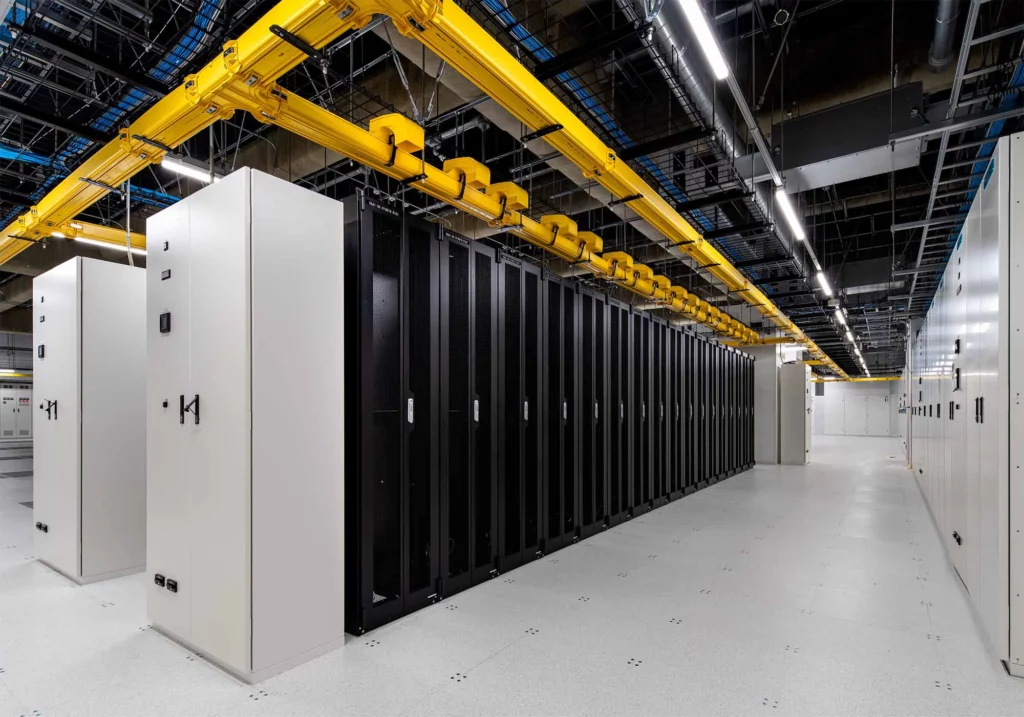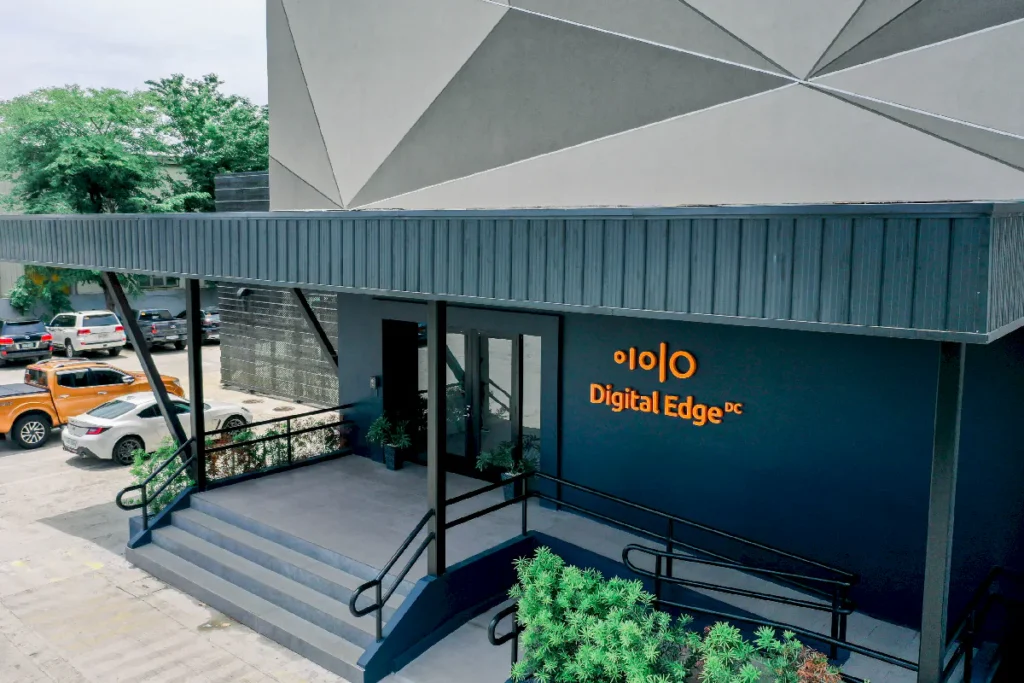At Digital Edge our mission is to bridge the digital divide in Asia Pacific and what we mean by that is to ensure both the developed and previously under-served markets in the region have equal access to high-end digital infrastructure and services. We continuously build out our network of enterprise and hyperscale data centers in these markets and together with our local teams and partners, we provide extensive colocation and data center interconnection services.
In this article, we will look closer at the latter, interconnection and peering; what it is, the significant advantages this can bring to Internet Service Providers (ISPs), content providers and enterprises in the Asia Pacific region, as well as the broader benefits to the digital economy.
What is Peering?
While Network peering, IP peering, or just Peering is not a new concept, development and adoption has been slower in the Asia Pacific region compared to the US and Europe. As peering brings substantial benefits to any company that exchanges data with its business partners, we at Digital Edge identified this as a key component in improving inter-connectivity across the Asia Pacific region.
Peering is a method for two or more networks, operated by ISPs or Content Delivery Networks (CDNs), to interconnect and directly exchange data with each other for mutual benefits and without going through the services of a third-party Transit Provider. It usually takes place within a data center, or between two data centers located in the same area or city.
A peering agreement is made between the parties themselves after analyzing the current situation and the potential benefits to both parties by peering. Usually, the process is initiated by one of the parties sending a peering request after identifying potential mutual benefits. It is important to note that peering must be beneficial for both parties in order to reach a peering agreement. Potential peers may reject you if it doesn’t make sense for them to peer with you.
What are the Benefits of Peering?
As mentioned above peering brings substantial benefits, including but not limited, to –
- Efficient Routing
Peering can help ISPs or network infrastructure companies create direct, more efficient network routes, reducing dependence on third-party transit providers.
- Reduced Transit Costs
Cutting out paid third-party transit providers in data transfer when sending or accessing data or content, leads to reduced network access costs.
- Access Speed
Through peering, ISPs in general can reduce the number of hops used to send data. Data sent directly without going through transit, means shorter distances, lower latency, and improved access speeds.
- Better Quality
Peering data access is faster and tend to be more stable thanks to reduced distance. This leads to a better user experience, lower risk of access failure and improved service quality.
- Digital Ecosystem
Ultimately more peering adds up to a more connected digital ecosystem, which is essential to support the growing digital economy upon which our modern society is based.
How Does the Peering Process Start?
As mentioned above, potential peers are typically located in the same city or country. An initiating party identifies potential peers by traffic volume, using tools for netflow data and of course, business needs. By checking PeeringDB the initiating party can establish if the potential peering partners are in the same city or country, and if they are on the same IX, Internet Exchange and/or the same data center.
Based on this the initiating party checks the peering policy of a potential partner; if the policy is open the peers can simply connect to the same IX, and if the policy is closed the initiating peer reaches out by email. Again, in this process it has to be established that peering is mutually beneficial, and any peering request should contain proof of that.
Digital Edge Interconnection and Peering
The backbone that facilitates peering for Digital Edge clients is of course our growing Asia Pacific network of carrier neutral data centers, which cater to the entire digital ecosystem, from targeted enterprise solutions to major hyperscale deployments. We currently operate 17 data centers in six countries across the region: China, India, Indonesia, Japan, Korea, and the Philippines. We strive to offer a range of interconnectivity options and solutions to our customers across our data centers, which is essential to the development of thriving digital ecosystems.
Working with our clients and partners such as Tencent, HGC and Zenlayer we at Digital Edge continue to build out the interconnectivity across the Asia Pacific region. Below are examples of interconnection services offered at Digital Edge data centers.
Cross Connect is a solution for secure, low latency, and direct connectivity between two end points within the same data center. Options include both fiber and copper cross connects, while special requests such as bulk fiber run, or direct fiber connections can be accommodated. Cross Connect is available at the data centers in Manila, Seoul, Busan, Tokyo, Osaka, Yokohama and Jakarta.
Cross Link provides high-speed and high-density SDN-driven metro connectivity services, among Digital Edge data centers and other locations within the same metro. The aim is to tie together ecosystems for ISPs, carriers and content providers, when they need to expand, either to multiple Digital Edge data centers, or other facilities within the same city. Cross Link is available at the Digital Edge data centers in Seoul, Tokyo, Osaka and Jakarta.
EPIX, or Edge Peering Internet Exchange, is a platform which allows peering participants, e.g., carriers, ISPs, content providers, and enterprises to exchange IP traffic. The platform is for organizations that have the need to optimize network performance, add another layer of redundancy, or reduce operational costs. EPIX is available at the Digital Edge data center in Jakarta, which is the first in Asia with support for 400Gbps interfaces. It will also be available at the Manila facility in Q1, 2024.
Finally, the value of a ‘connected’ interconnection community cannot be understated, which is why later this year, for the third consecutive year, we will organize the Edge Peering Interconnect Conference, or EPIC Asia. The purpose of this event is to bring together senior leaders from across the subsea, network infrastructure, peering and interconnect communities worldwide, to discuss how we can solve Asia’s biggest infrastructure deployment challenges and enhance connectivity in the region.
We would be interested in learning more about your needs, viewpoints, experiences and thoughts around peering and interconnectivity. Feel free to reach out to our Interconnect team at peering@digitaledgedc.com.








 logo are trademarks of Digital Edge (Hong Kong) Limited, registered in the U.S. and other regions and countries.
logo are trademarks of Digital Edge (Hong Kong) Limited, registered in the U.S. and other regions and countries.